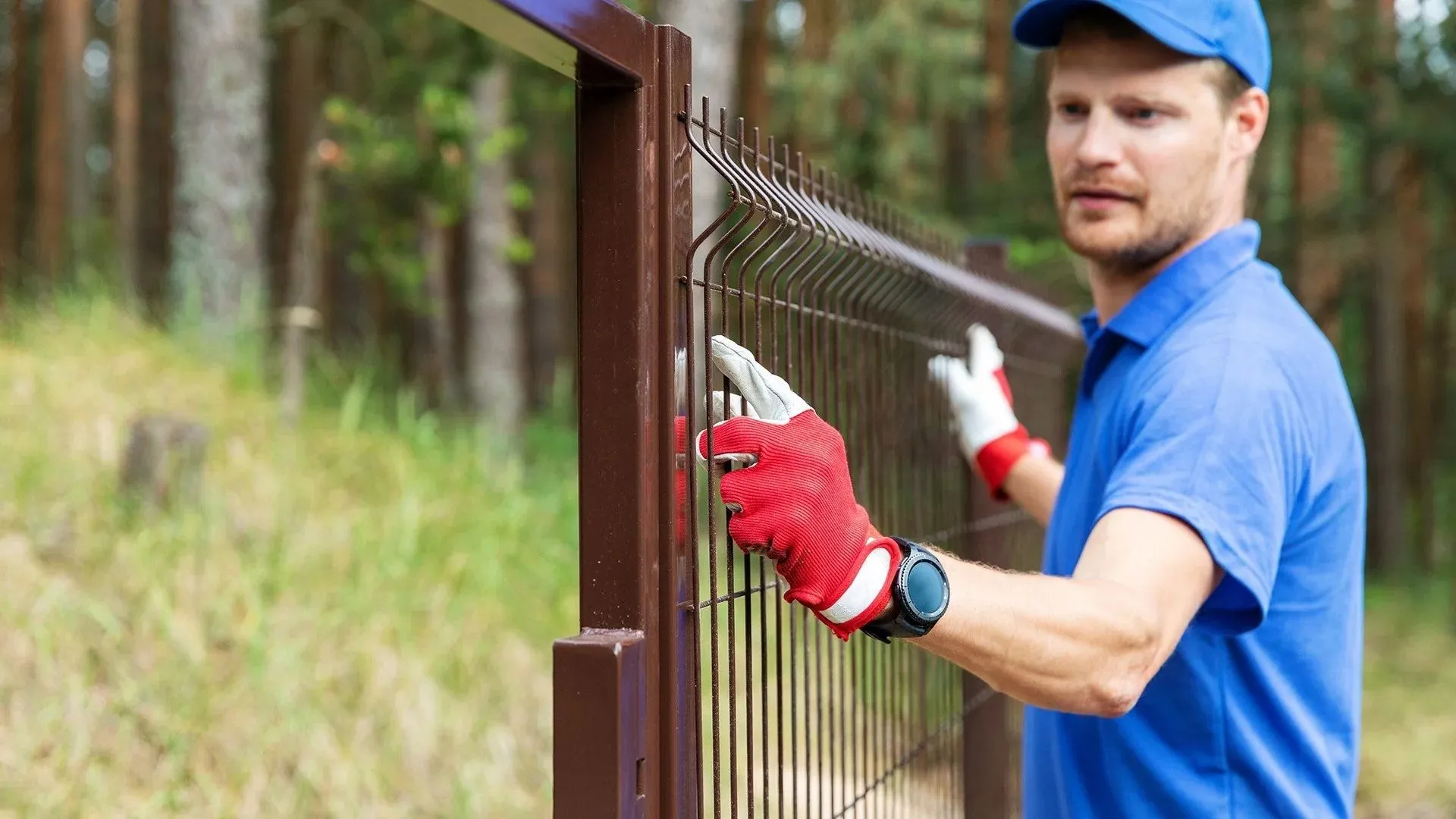How to assess the extent of fence damage
Assessing the damage to your fence is important, it can help you decide whether to replace or repair it. Here is how to evaluate the situation and the low down on fixing a fence:
Visual inspection: look for obvious signs of damage like rot, cracks, warping and loose panels and less obvious signs, like wear and tear that could become a problem down the line
Structural integrity: check fence posts and gravel boards for stability. Push the fence to see if it moves or feels unstable in any way. If the structure wobbles the fence post could be rotten and this indicates much more extensive work is required
The extent of damage: if more than 20-30% of the fence panels and post are damaged, replacing fence panels is often more cost-effective than repair
Age and material: the age of your fence and the material it is made from will affect its resilience. Consider the lifespan of your fence when deciding to replace or repair
Repair history: if you have already repaired the fence many times and the problem is reoccuring, it is probably time to replace your fence. Frequent repairs are a sign that the fences and its components have reached the end of their lifespan
Signs of irreparable damage
Signs like the following will mean the fencing is beyond economic repair:
Insect damage: if your panels and post have small holes and sawdust-like frass then you probably have an insect infestation problem
Fence Leaning: a fence that leans will require new fence posts and possibly footings
Rot: if the wood is wet when it should not be, soft and crumbly, the wood is probably rotten and beyond repair
Splitting and cracking: large splits and fractures to the panels or fence posts cannot be repaired and should be replaced
If you encounter any of these signs, especially in multiple areas, it might be time to replace your boundary fence. Always consider the long-term implications of your choices and balance the immediate cost against the expected lifespan and future maintenance of your fence.
